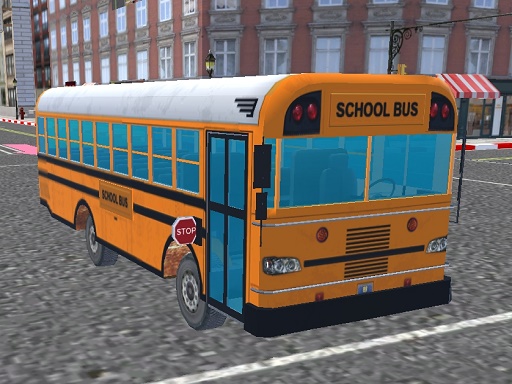
Bus School Park Driver
The Essential Role of Buses in Modern Transportation
Buses have long been a cornerstone of public transportation, providing an efficient, cost-effective, and eco-friendly way to move large numbers of people across cities, towns, and even rural areas. As one of the most widely used modes of transit globally, buses play a crucial role in reducing traffic congestion, lowering emissions, and ensuring accessibility for millions of commuters daily. Their adaptability makes them suitable for various environments, from bustling urban centers to remote countryside routes.
The concept of buses dates back to the early 19th century when horse-drawn omnibuses first appeared in major cities like Paris and London. These early vehicles provided shared rides for passengers along fixed routes, laying the foundation for modern public transit. The introduction of motorized buses in the early 20th century revolutionized transportation, offering faster and more reliable service. Over time, technological advancements led to the development of electric, hybrid, and even autonomous buses, enhancing efficiency and sustainability.
Buses come in various forms, each designed to serve specific needs:
Despite their advantages, buses face challenges such as overcrowding, delays, and maintenance costs. However, advancements like real-time tracking, contactless payments, and autonomous driving technology are transforming bus systems for the better. Cities worldwide are investing in Bus Rapid Transit (BRT) systems, which offer faster, more efficient service through dedicated lanes and priority signaling.
Buses remain a vital component of global transportation networks, offering an affordable, sustainable, and efficient means of travel. As urbanization grows and environmental concerns rise, the importance of well-developed bus systems will only increase. Through continued innovation and investment, buses will remain an essential solution for moving people in the years to come.
. Tagged Bus Games